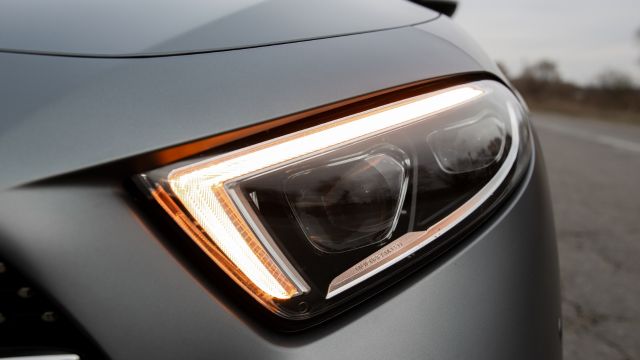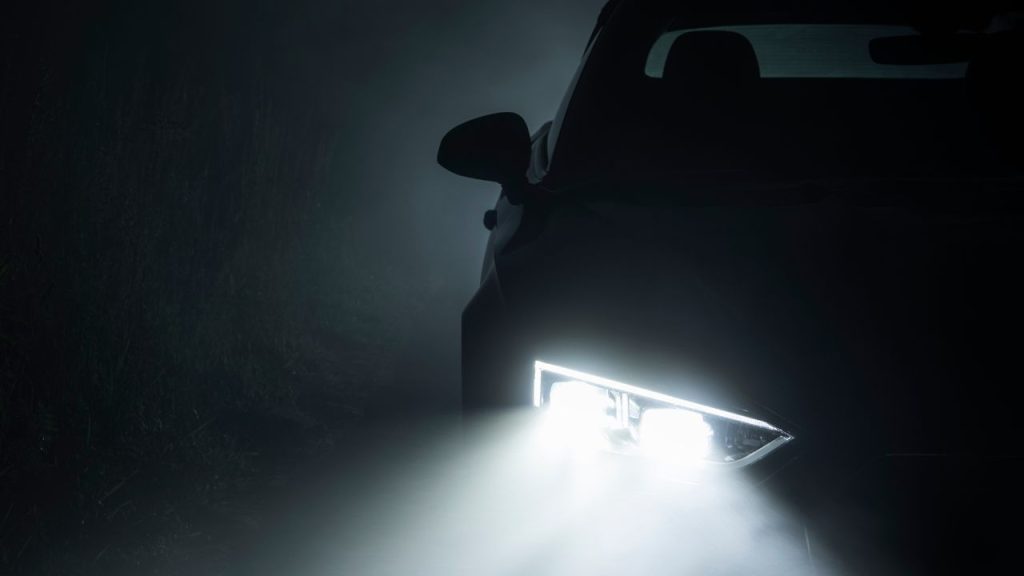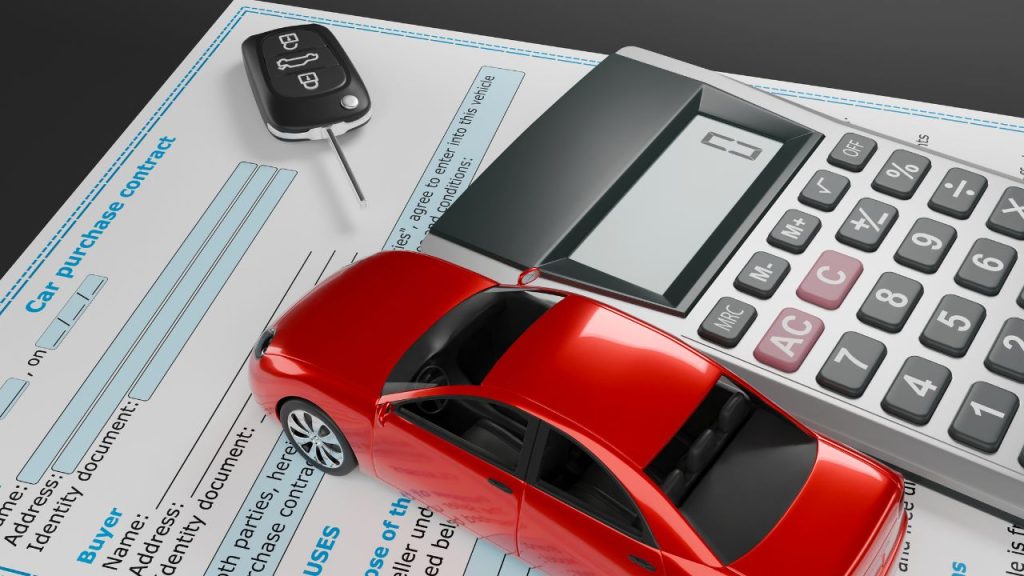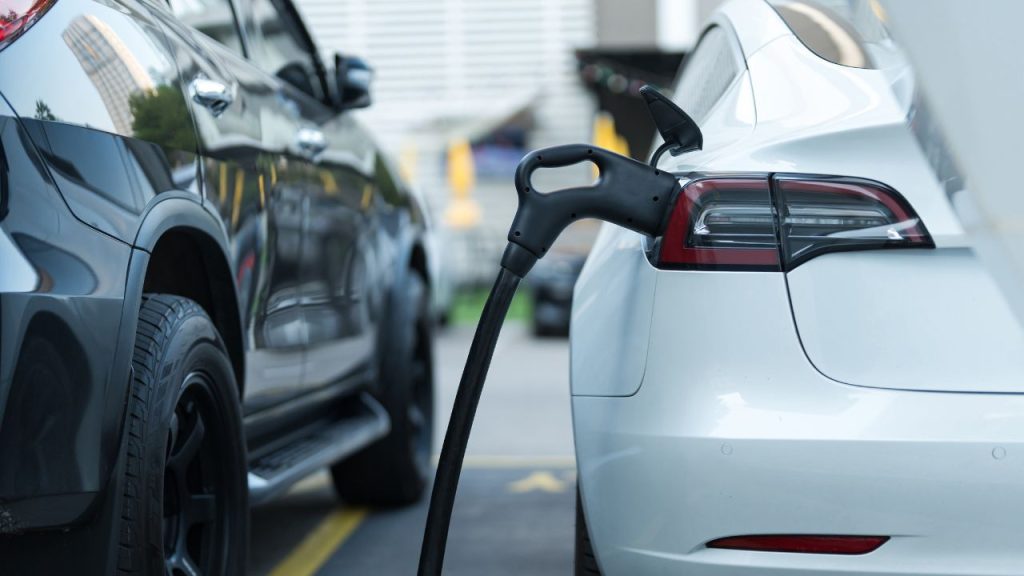Driving safely means more than just knowing the rules and handling your car well. It also means using your car’s lights the right way. You should use dipped headlights in low light, at night, in bad weather (rain, fog, snow), in tunnels, and in areas with street lighting.
This guide will help you understand when to use dipped headlights to stay safe on the road.

What Are Dipped Headlights?
Definition and Function
Dipped headlights, or low-beam headlights, light up the road without blinding other drivers. They aim downward to help you see the road ahead while reducing glare.
Difference Between Dipped and Full Beam Headlights
Dipped headlights provide focused, less intense light. Full-beam headlights, or high beams, are brighter and spread out more. High beams are for maximum visibility, like on dark rural roads with no oncoming traffic.
Legal Requirements for Using Dipped Headlights
Regulations in Different Countries
Laws about using dipped headlights vary by country. Many places require you to use them from sunset to sunrise and in bad weather. Know the local laws to avoid penalties.
Consequences of Not Complying
If you don’t use dipped headlights when you should, you could get fines and penalty points on your license, and you might cause accidents due to poor visibility.
When to Use Dipped Headlights
During low-light conditions
Use dipped headlights at twilight and early morning when natural light is low. This helps other drivers and pedestrians see you.
At Night
At night, especially in urban areas with street lights, dipped headlights give enough light to see the road and avoid blinding oncoming traffic.
In Poor Weather Conditions

Rain
Heavy rain can make it hard to see. Dipped headlights help others see you and improve your own visibility.
Fog
Fog can reflect light and cause glare if you use high beams. Dipped headlights cut through the fog better and reduce glare.
Snow
Snow can reflect light like fog. Use dipped headlights to see clearly and stay safe.
In Tunnels
Tunnels can be dark even during the day. Use dipped headlights in tunnels so you can see and be seen.
In Built-Up Areas
In cities with street lights, dipped headlights help you see the road and make you visible to others.
Daytime Running Lights vs. Dipped Headlights
Differences and Usage
Daytime running lights (DRLs) help others see your car during the day but don’t light up the road. For better visibility in low light or bad weather, switch to dipped headlights.
How to Properly Use Dipped Headlights
Adjusting Your Lights
Ensure your headlights are aimed correctly to avoid blinding others and see the road well. Most cars let you adjust the headlight angle manually.

Switching Between Light Modes
Know how to switch between DRLs, dipped headlights, and full beams. Practice so you can quickly adjust to different driving conditions.
Common Mistakes to Avoid
Overusing Full Beam Headlights
Don’t use high beams when they aren’t needed. They can blind other drivers. Use high beams only when there’s no oncoming traffic, and you need extra light.
Forgetting to Switch On Dipped Headlights
Always switch on dipped headlights in poor visibility. DRLs or sidelights alone aren’t enough to keep you safe.
Benefits of Using Dipped Headlights
Enhanced Safety
Dipped headlights help you see the road and obstacles, reducing the chance of accidents.
Better Road Visibility
They provide steady light to help you drive safely in different conditions, from dark city streets to foggy country roads.
Wrapping Up
Knowing when to use dipped headlights is key to safe driving. They improve visibility, reduce glare, and help you follow the law. Use them correctly to protect yourself and others on the road.
Dipped Headlights FAQs

Ciaran is an automotive enthusiast with a Bachelor of Arts Honours degree in Creative Digital Media from MTU in Ireland and over three years of experience in digital marketing. His unique background combines a love for storytelling with a strong grasp of engaging content creation, making complex car topics relatable and easy to understand. Through years of managing this blog, Ciaran has expanded his automotive knowledge while helping everyday drivers gain new insights.
Passionate about demystifying the driving world, Ciaran focuses on simplifying car trends, tech updates, and practical driving tips. He believes that everyone should feel confident and informed behind the wheel, offering content that empowers readers to make smart, well-informed decisions.




